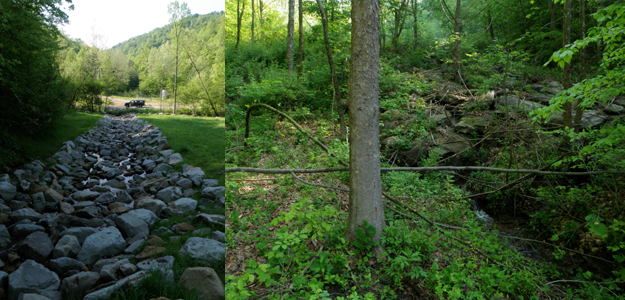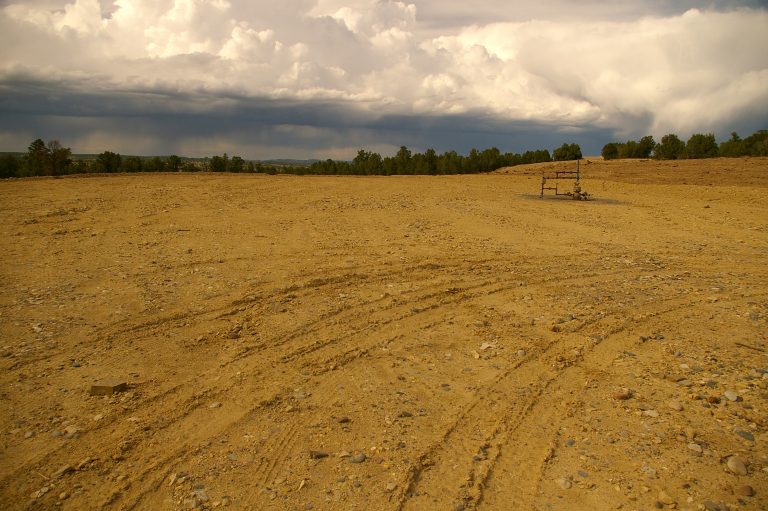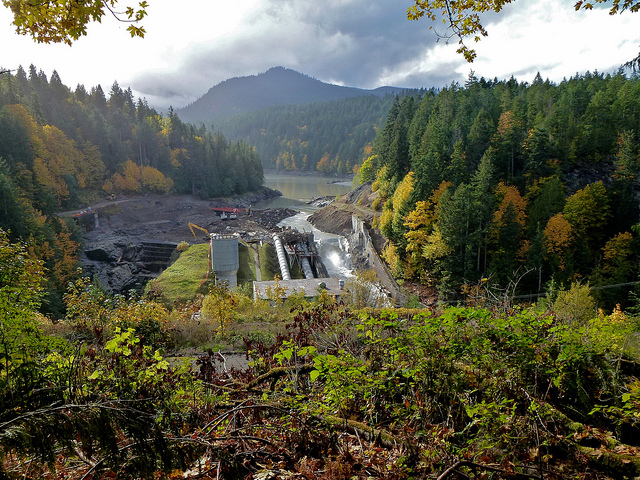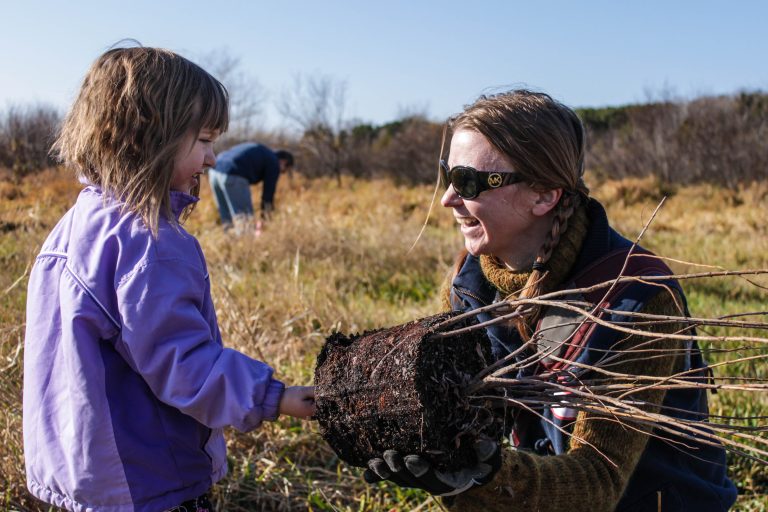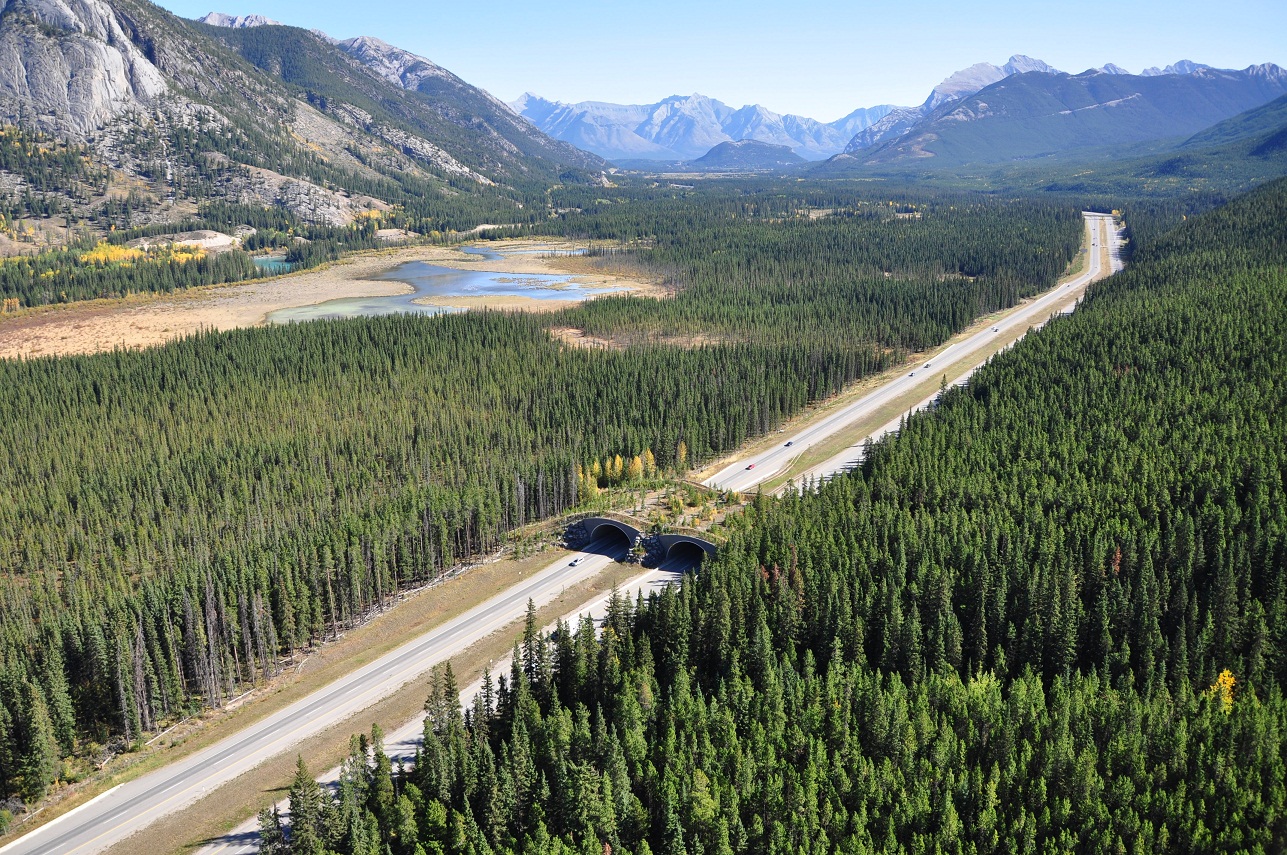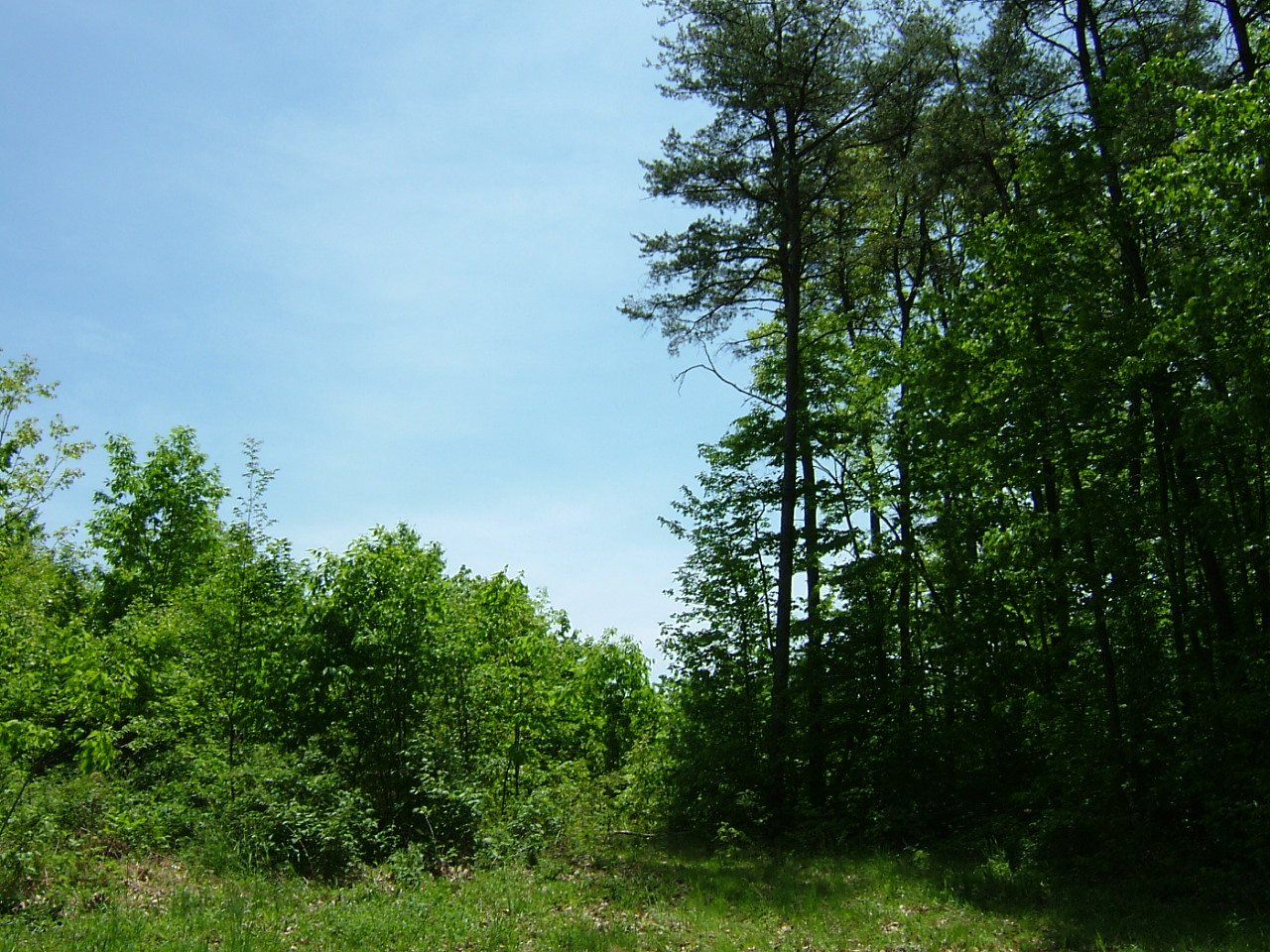
Old forests store new nitrogen–and may soak up nutrient excesses
Ecologists working in central Pennsylvania forests have found that forest top soils capture and stabilize the powerful fertilizer nitrogen quickly, within days, but release it slowly, over years to decades. The discrepancy in rates means that nitrogen can build up in soils, David Lewis, Michael Castellano, and Jason Kaye report in the October 2014 issue of ESA’s journal Ecology, published…

